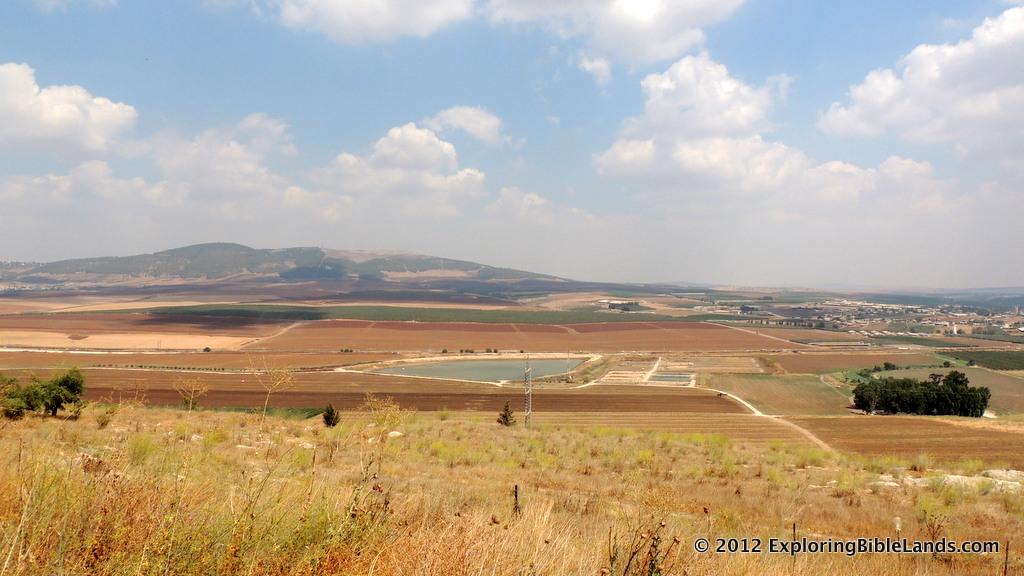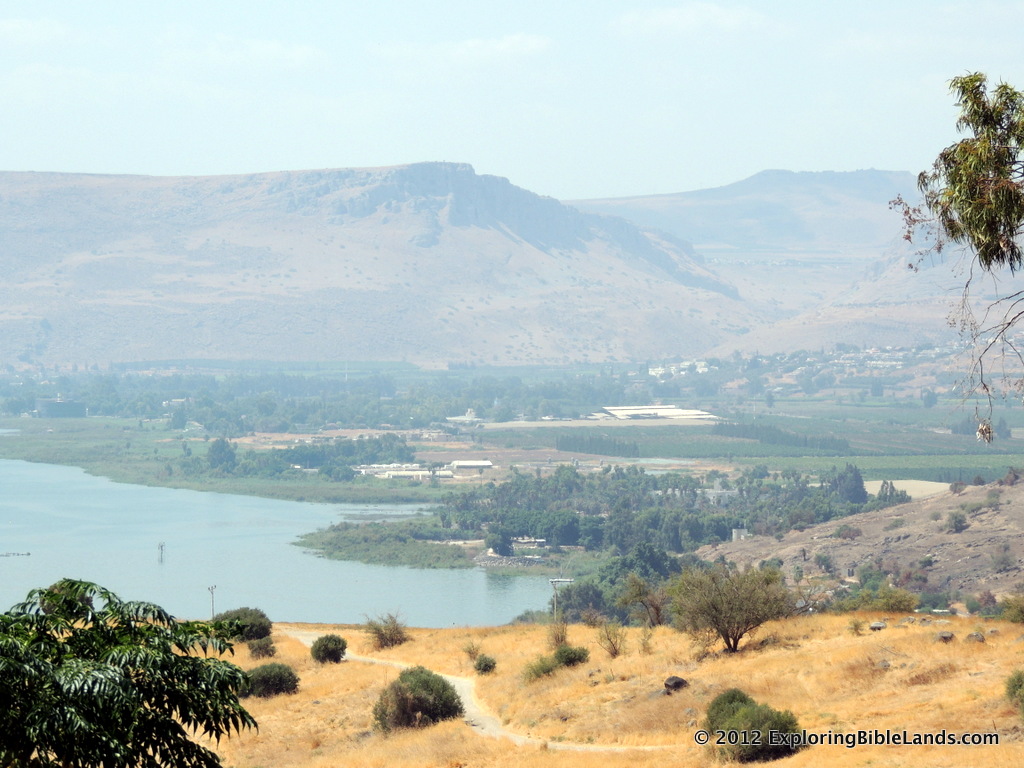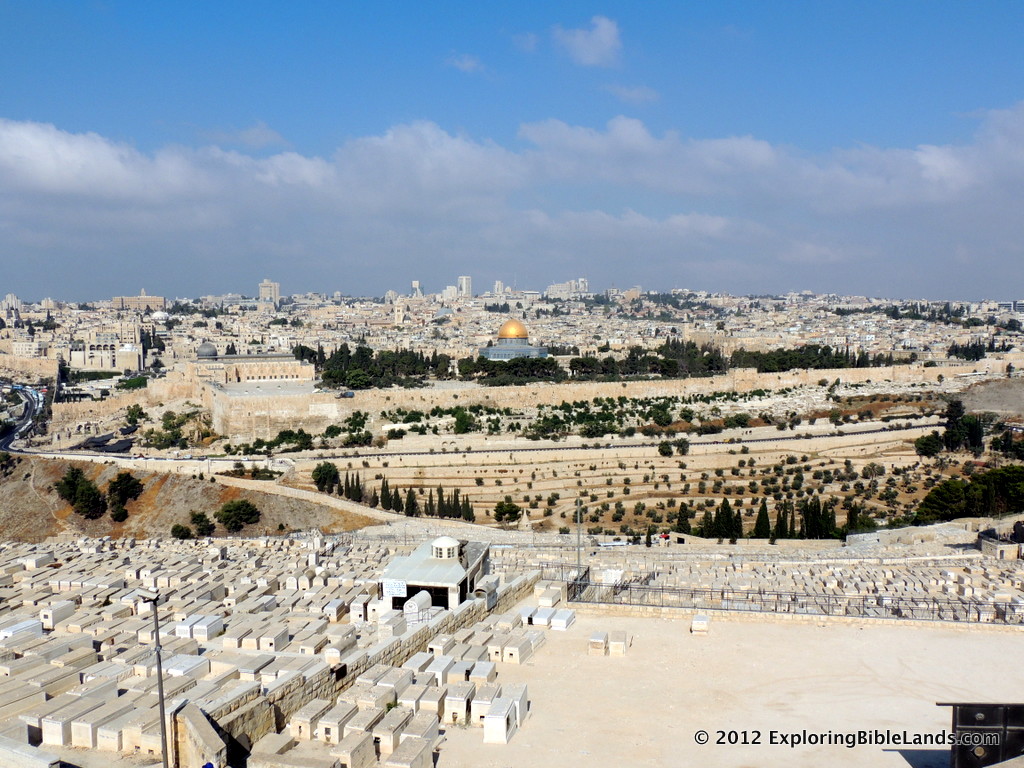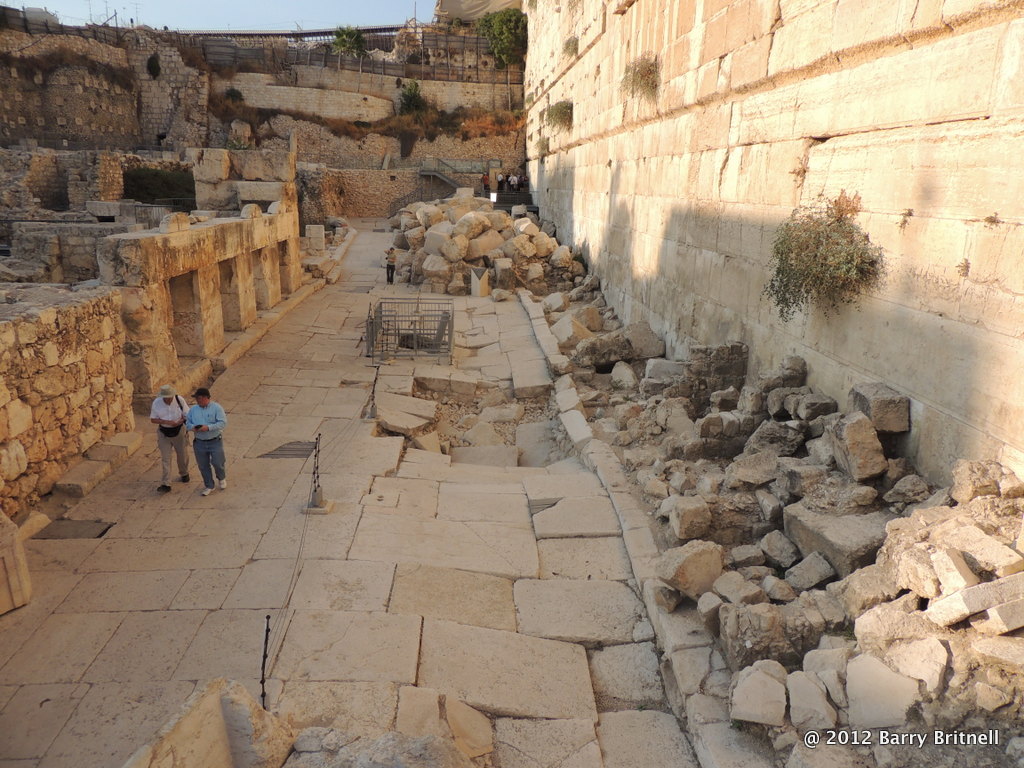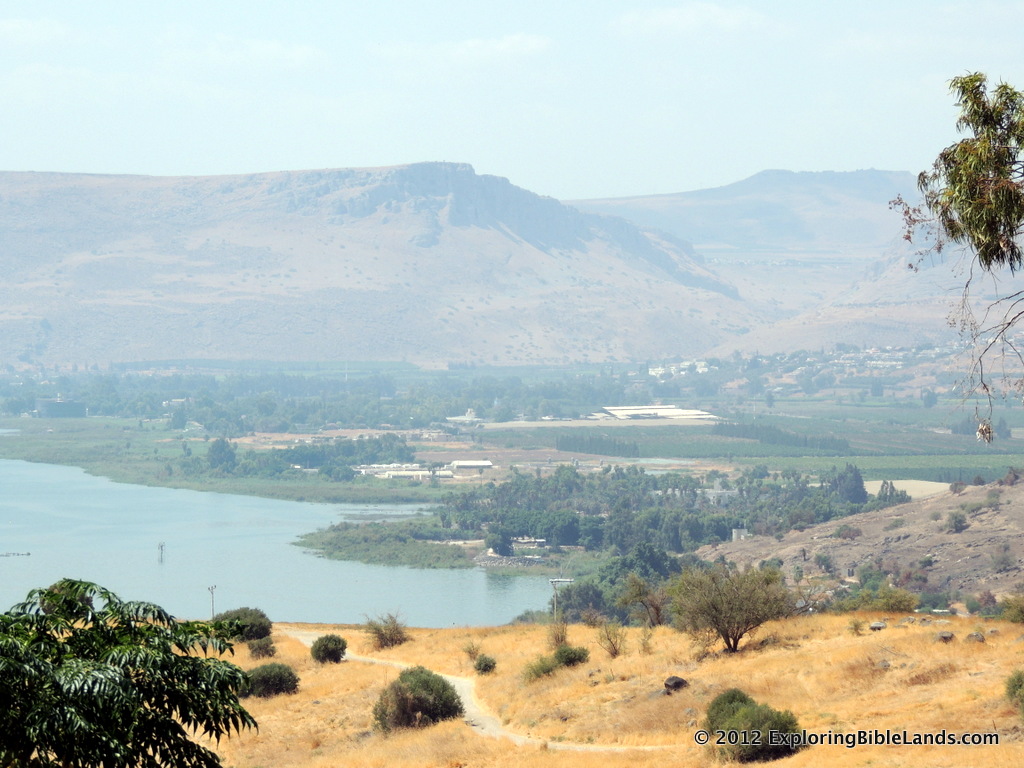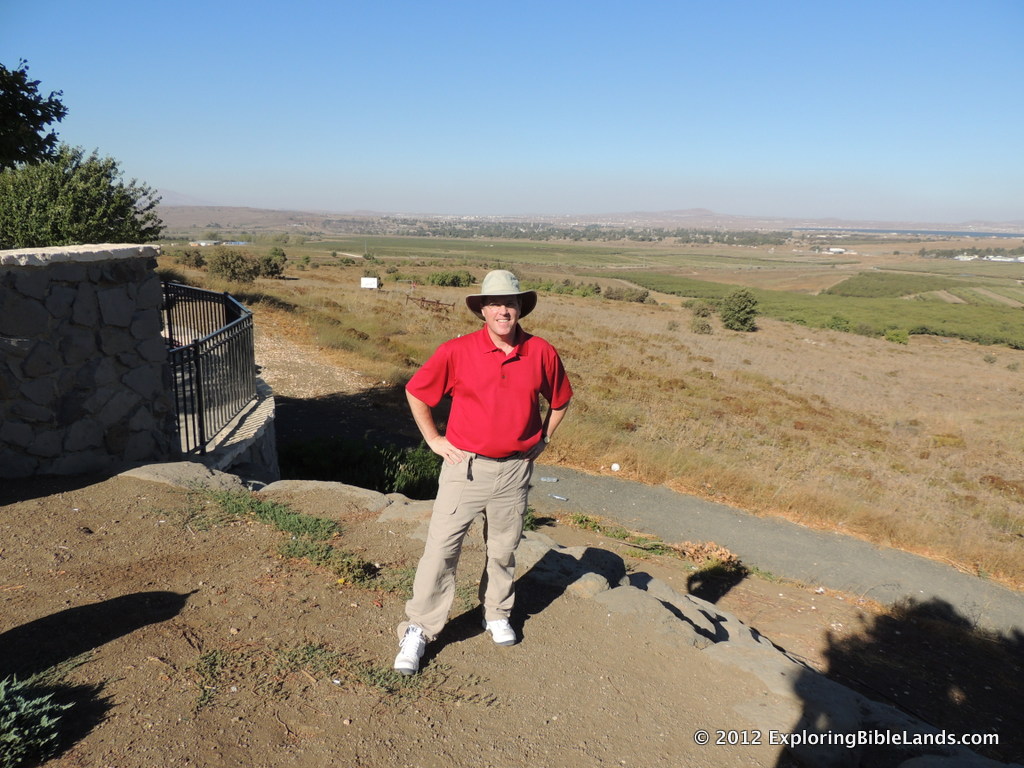Last week, when I wrote a post about the movie "Jerusalem", I made the comment that if I could use one word to describe Jerusalem, it would be "confusing". I say that sarcastically, of course. The city is absolutely beautiful and every time I go, I find many more new and exciting things to see. However, when I say "confusing", it is usually in response to a question that someone asks when I know all they want is a 20 second response. In reality, it would take several hours to properly explain Jerusalem to someone who has never been there. And even at that, you would have only talked about the city at a very high level.
Case in point: the Washington Post had a story today discussing the desire of some Jewish people who want to publicly pray on the Temple Mount. The Temple Mount area is under the oversight of the Muslim people and prayers by any non-Muslim is strictly forbidden. I encourage you to read this story. It is a very difficult situation for everyone involved. For better or worse, everyone who lives over there is very passionate about their own beliefs. And, when they feel that their beliefs are being threatened, they become defensive. Over time, this defensiveness builds up and finally someone takes action.
This is not unique to Jerusalem, for situations similar to this arise in every country on the planet. However, in Jerusalem, it seems to be different. For instance, here in the United States, we have our own struggles. But they are things that we have been struggling with for a few decades and perhaps a century or two. In Jerusalem, they have been struggling with some of the same problems (or variants of the same problem) for thousands of years.
Will they be successful in their desire to pray on the Temple Mount? Only time will tell. But, it will be interesting to watch.
The picture at the top of the post is of me standing in front of the Dome of the Rock on the Temple Mount. NOTE: If you are reading this post from an email, you might need to click on the title and see the post from a web page to view the picture.







